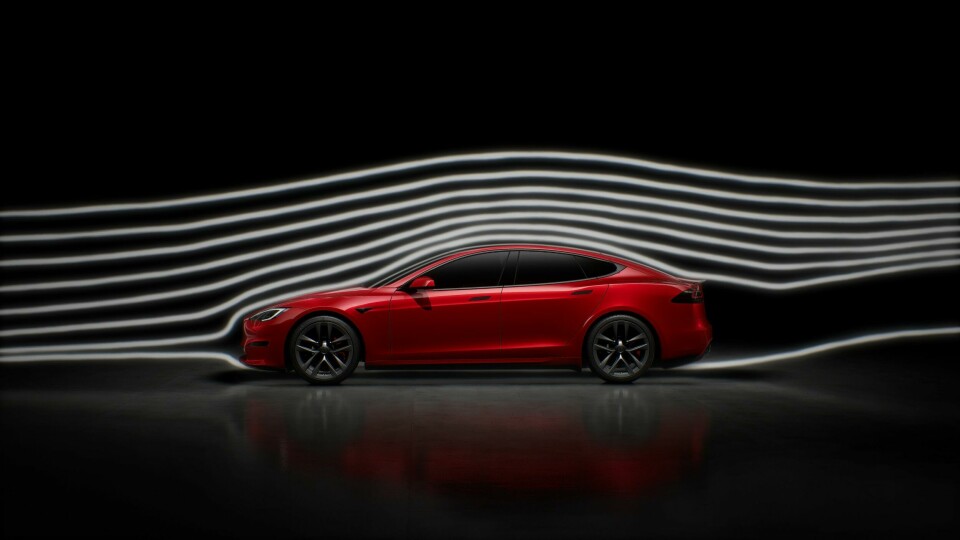
Will aerodynamics dominate automotive design in future?
Car Design News investigates whether aerodynamics will be the prevailing trend moving forward as EVs seek extra range
The Mercedes EQS. The Lucid Air. The Tesla Model S. The Hyundai Ioniq 6. The NIO ET7.
They are the most aerodynamic cars on the road today, each boasting a Cd hovering around 0.20. They are all luxury cars (the Hyundai and NIO at more approachable prices), with electric power, advanced electronics and a similar body profile that might just represent the car design of the future.
Called “the one-bow” design by Mercedes-Benz, it is a profile with a single curving arch or vault that leaps over the passenger compartment and drops steeply at either ends. Both front and rear decks tend to be short and the front and rear fascia aerodynamically tuned, as are the roof pillars and windscreen angles.
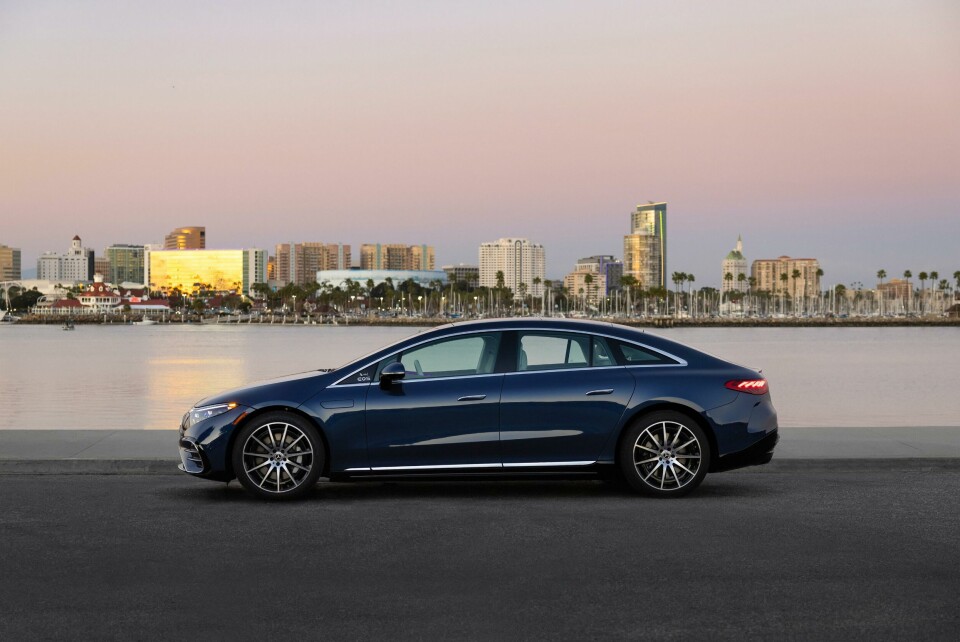
It is a design language born not just of hard points and passenger compartment requirements, but of aerodynamic tuning as an integral part of the design language. Aerodynamics is the “secret sauce” that improves the range and comfort of this new generation of electric cars. And because luxury cars exert an outsized design influence on more modest, everyday cars, the question inevitably rises: is this the future? Are tomorrow’s production cars destined to adopt “one-bow” as their principal design language?
Short answer? Yes.
…and no.
To get closer to the answer, let’s review, in as non-technical a way as possible, some of the basic concepts of aerodynamics.
A few definitions
There are two kinds of resistance inhibiting the forward progress of a car: rolling resistance and aerodynamic resistance. The former is the resistance of wheels/tyres against the road and is the most dominant resistant force for lower speeds – remaining relatively constant even as speed increases.
Aerodynamic resistance, which increases with speed, does not become the dominant force until about 70kph but then increases rapidly. Aerodynamic resistance can be reduced through a reduction of Cd and the frontal area of the car.
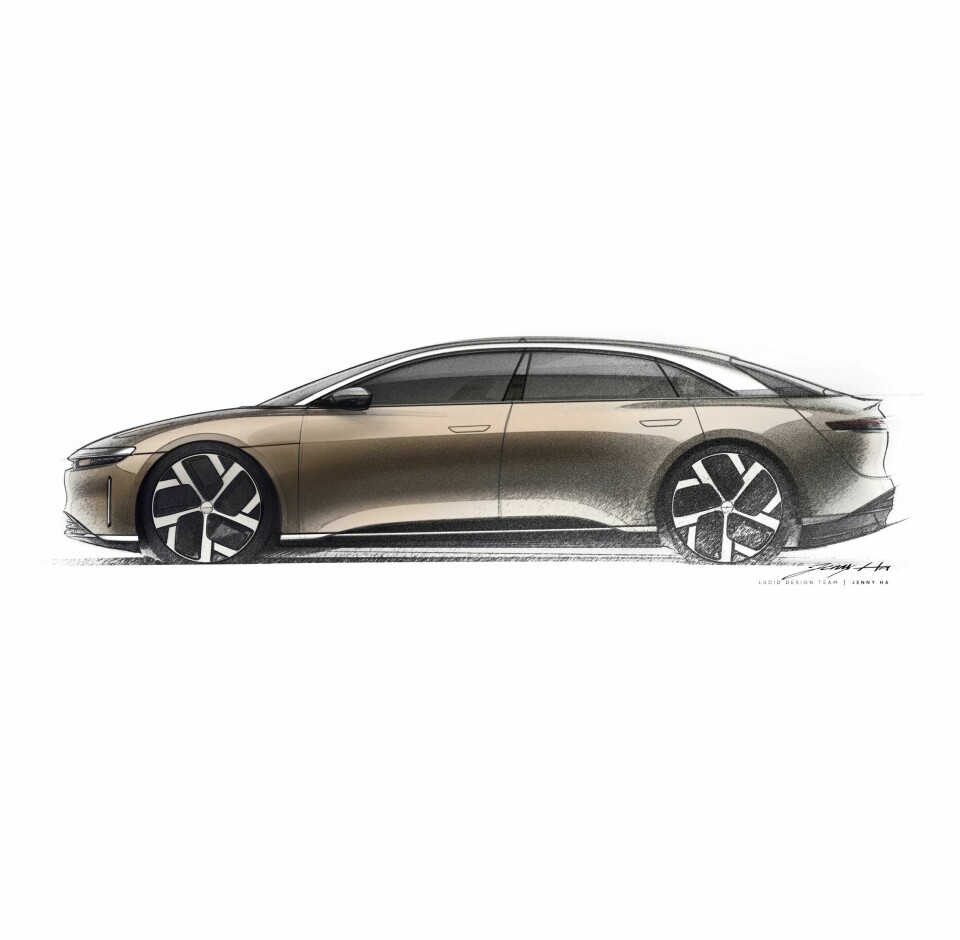
But what is ‘Cd’ anyway? The Coefficient of Drag is in simple terms a measure of how slippery a car is as it moves through the air. The formulas that govern the Cd are quite complicated and must be combined with measurements of the frontal area of the car and various other metrics like ground clearance/under-floor shielding, yaw, and a host of other factors. The Cd multiplied by the frontal area of the car is generally considered the most accurate measurement of the ‘slipperiness’ of a car.
Cd numbers range from 1.0 to 0.0, with the lower number the better. A high Cd, like 0.7 or so, usually belongs to lorries and some unfortunate cars from the last century. Midrange numbers like 0.5 belonged to most pre- and post-war cars, with some exceptions. As late as the early 1980s, cars measured an average Cd of 0.4 or more, with a few ‘slippery’ exceptions.
But the oil crises of the 1970s created a renewed interest in the science of aerodynamics and by the end of the 1980s, aerodynamics was influencing car design, and the average Cd has been steadily dropping to the point where our own era sees routine Cd numbers between 0.20 and 0.30 – numbers unheard of a generation ago.
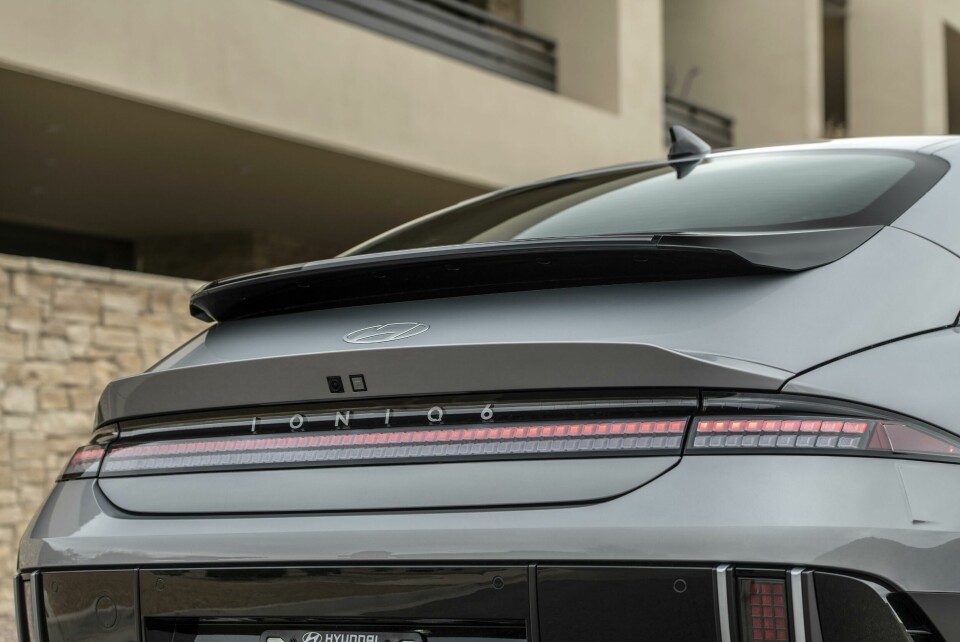
From passive to active
But our discussion is not just about fixed aerodynamic design elements. Active aerodynamics, utilising wings, spoilers, vents and shutters which may open and close at speed, are coming on line in the next decade. Cars such as the Mercedes EQS, the Porsche 911 Turbo S and even the Hyundai Ionic 6, already feature active elements to improve downforce and handling (Porsche) and selective venting of brakes, engine, radiators, (again, Porsche) and electric motors and battery packs (Mercedes, Hyundai, Nio and others).
Active aerodynamics improve handling, but increase the Cd, allowing for greater performance and handling at higher speeds. It’s a delicate balance as Porsche’s rather intricate Active Aerodynamics (PAA) system demonstrates. Still, even at a comparatively modest price, the Hyundai Ioniq 6 demonstrates that active aerodynamic units are a part of the aero package of the future.
Keep it quiet
One benefit of aerodynamic tuning, often overlooked, is the reduction of wind noise. A car with a poorly designed structure and opening seals will not only compromise its ability to slice through the wind, but would also be a noisy experience to drive at speed.
A whole sub-discipline of aerodynamics has grown up around the need to reduce noise and vibration. Called Aeroacoustics, the whole field (not just in reference to cars) is dedicated to reducing sound caused by air turbulence.

Developments in aeroacoustics have continued for decades, but the need for very sophisticated analysis and design has been brought to the forefront by the ongoing transition to EVs, which are much quieter than ICE vehicles. A noise that might be a minor irritant in an ICE car could be a major annoyance in the quiet cabin of an electric.
At speeds of 100kph or more, aerodynamic wind noise dominates all other cabin noises. In the past, these were mitigated somewhat by the noise of the engine. But no longer. Engineers are analysing everything from A-pillars to mirrors to windscreens (and wipers), to make every component as aerodynamic, and therefore as quiet, as possible.
A moral imperative?
Even with this very basic primer, it is clear that creating a car that is aerodynamically ‘slippery’ is an immense undertaking. Few cars in and of themselves justify the expense of extensive wind tunnel testing, so OEMs must have an overall strategic vision for the aerodynamic shape and the design language of their cars. The good news is that the accumulated knowledge of the industry has vastly increased in the last few decades. Future cars will be able to draw upon the deep knowledge gained from previous experiments.
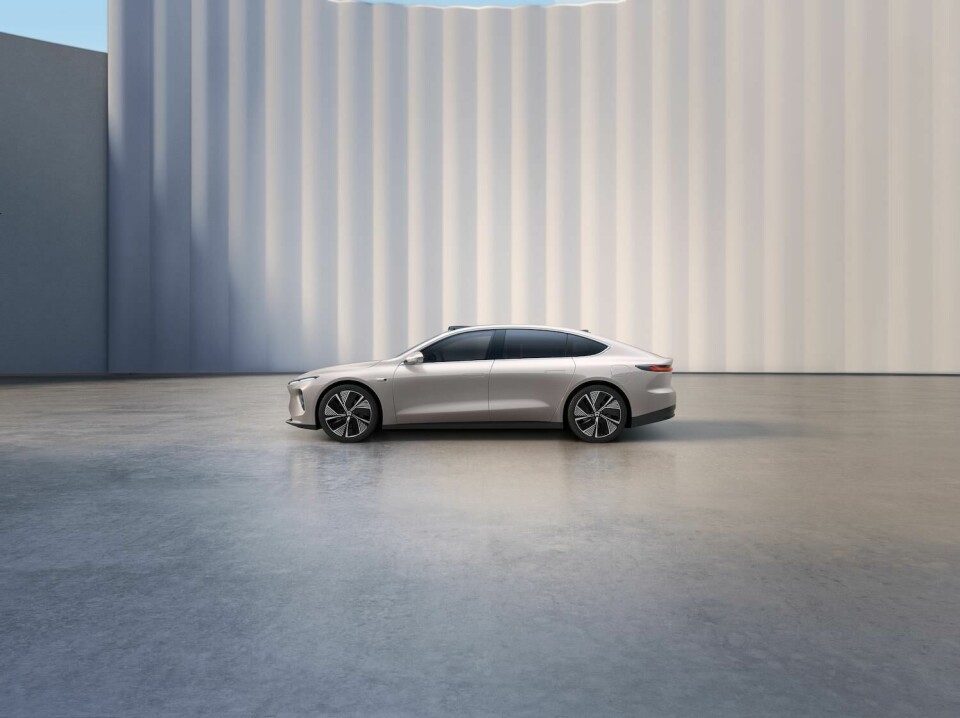
The industry, in particular certain OEMs like Porsche, Mercedes, and Tesla, can be justifiably proud of their achievements in the development of advanced aerodynamic features. It is easy however, to move from technical pride to a technical imperative and then conflate this to a moral imperative. The technically advanced is also the morally correct: “Our tech is better than yours, so our cars must be better for the customer and the planet.”
This is the kind of snooty moral righteousness breeds dissent, and undoubtably there will be designs that go their own way, disrupting the status quo in favor of new architectures and new packaging.
Aerodynamics is a technical triumph and a brand distinctive. But it can trigger reactionary design and engineering too, with ‘disruptive’ cars that appeal to the rebel in all of us (well, most of us).
A look forward
So, summing it all up, what can we say of the future of aerodynamics in automotive design?
- Certainly, we can affirm that the “one-bow” shape will be enormously influential in automotive design in the future. Further refinements may bring future cars down to a coefficient of drag close to 0.15, a truly remarkable achievement.
- Paradoxically, it must be understood that the trajectory of design is never linear, and there may be a strong backlash to the “one-bow” school of design. And some vehicles, especially the SUVs and trucks America loves, will always be expressive of “utility”, however that might be defined. And even these vehicles are now undergoing aerodynamic tuning, with more to come in the next decade.
- Active aerodynamics will become more common on cars, even entry-level models, as these technologies become more affordable.
- Some cars will display aerodynamic tuning that will be largely cosmetic – a kind of “virtue signaling” – designed for advertising and market placement, but of dubious utility.
- In a world of increasingly dense conurbations, many ‘city’ cars will spend their operational lives driving at speeds of less than 80kph, which means that aerodynamics are less important than other factors that affect rolling resistance. This can allow for interesting packaging innovations with design and engineering focused primarily on passenger comfort (and safety) in a crowded urban environment.
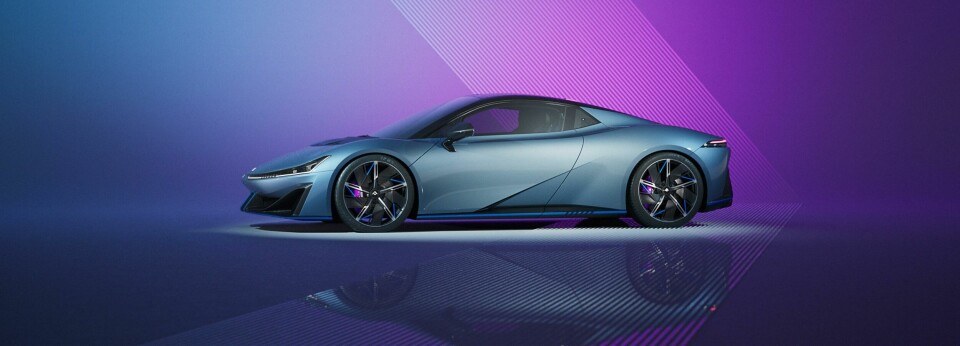
Aerodynamics has been a powerful undercurrent in automotive engineering and design for a century. To be sure, many of these designs presented aerodynamics as a sales and positioning gimmick – remember tail fins? But there have been some truly extraordinary efforts, many of which are only now bearing fruit as advanced computer modeling and wind tunnels have allowed for extraordinary refinement.
The future promises even more technical advances, although they may be very subtle. The “one-bow” design language may be embraced by the motoring public, but some existing typologies, and new ones designed to fit into an increasingly urbanized world, guarantee that design creativity and variety will make for interesting design opportunities for decades to come.
We should embrace them all.









